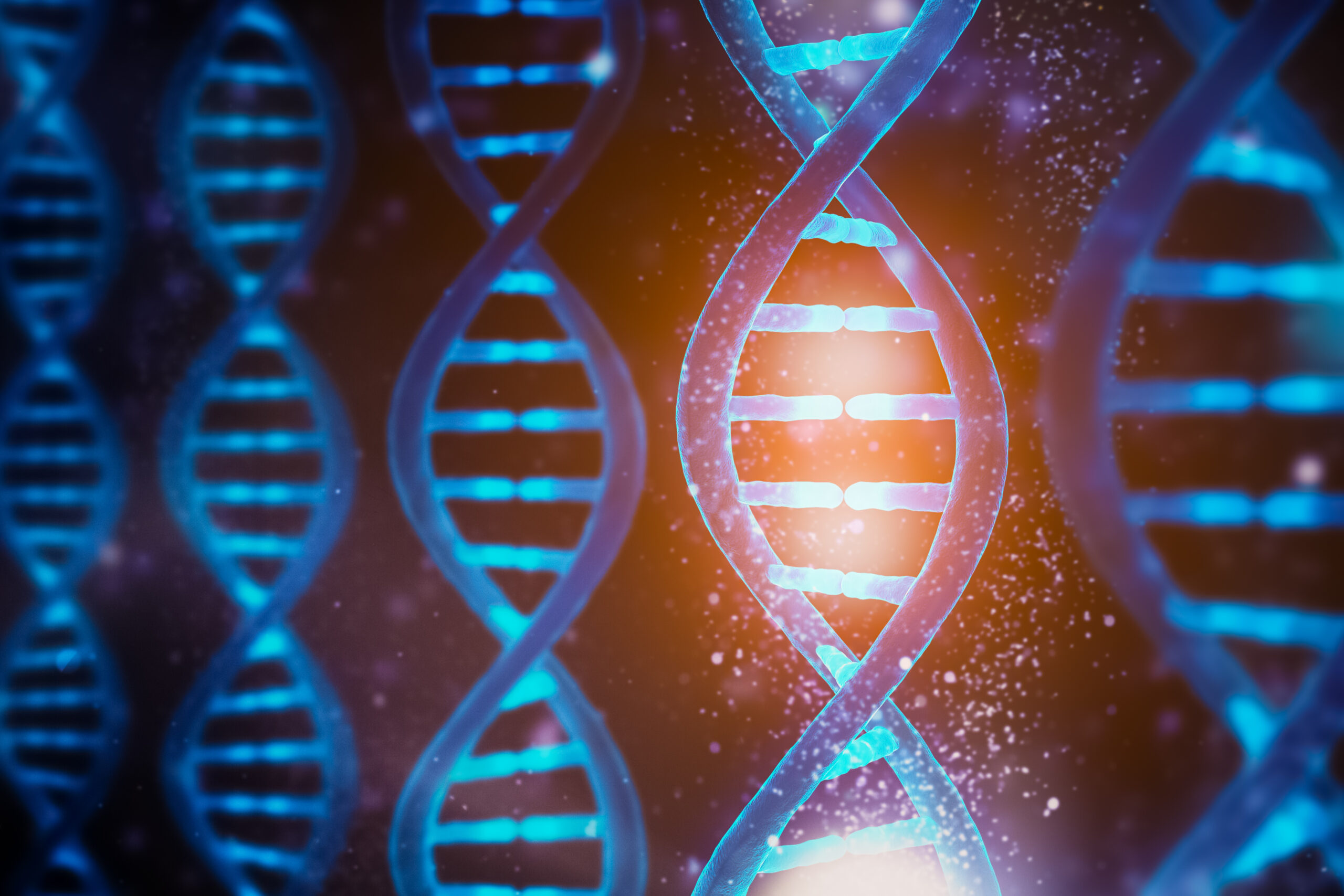Plasmid DNA Challenges In Advanced Therapy Manufacturing.

Introducing doggybone DNA, a synthetic antibiotic-free DNA vector.
The genetic medicine revolution is underway. Just 18 months ago, very few people in the general population had heard of mRNA vaccines; now, hundreds of millions globally have been vaccinated with one. This significant shift perfectly illustrates the speed of change and the potential of genetic medicines.
Development work for genetic medicines, which use DNA or RNA as a therapeutic agent, has been ongoing for two decades, but the COVID-19 pandemic really enabled them to show their true potential. This success also provided much-needed clinical proof and unveiled advantages over traditional vaccines, such as speed of manufacture and relative ease of adaptation.
However, the industry is experiencing ongoing challenges and limitations associated with genetic medicines. Almost all of today’s genetic medicines (mRNA, DNA vaccines, viral vectors) are dependent on plasmid DNA as either a critical starting material or API, which presents challenges in advanced therapy manufacturing. Although plasmid DNA has proven its worth, by enabling production and availability of vaccines, the global demand for DNA, primarily in the form of plasmid DNA, has risen dramatically in recent years. State-of-the-art therapies, such as cell and gene therapies, all rely at some point, in either their manufacture or mode of action, on the scalable production of DNA. Right now, there is a substantial bottleneck in supply within the industry. Contract manufacturers able to offer GMP quality plasmid DNA have built up long waiting lists and substantial backlogs, and this inability to provide quality DNA within tight timelines is a threat to the rapid progress of R&D pipelines.
Traditionally, plasmid manufacture involves E. coli fermentation, which is slow, expensive, and limited by lack of capacity. Furthermore, batch failures are relatively common, and antibiotic resistant genes are present in the final product. This is another challenge faced by the genetic medicine industry as the presence of antibiotic resistance genes in plasmid DNA is becoming a topic of increasing regulatory scrutiny.
As an alternative to plasmid DNA production, London-based biotech Touchlight has developed synthetic DNA manufacturing using an in vitro dual enzyme process. The company’s proprietary synthetic DNA vector, which is known as “doggybone DNA” or dbDNA™ provides a highly effective solution to the plasmid bottleneck and current industry limitations.
Leveraging its ability to amplify any circular DNA template using a proprietary in vitro enzymatic rolling circle method, doggybone DNA addresses most of the issues of traditional fermentation and outperforms traditional methods in terms of speed, scalability, and safety, but still in a cost-efficient manner. Touchlight’s proprietary DNA manufacturing platform enables scalable DNA production in weeks, rather than the months taken to make plasmid DNA using traditional E. coli fermentation methods.
The COVID-19 pandemic has also highlighted the urgent need for technologies such as doggybone DNA to solve issues with vaccine supply chains as well as to respond to new variants. The possibility of producing gram quantities of DNA from emerging virus variants within days demonstrates how Touchlight’s platform can improve preparedness for the next pandemic.
By moving away from restrictive biological approaches and instead using enzyme biochemistry, Touchlight is making DNA simple, eliminating the need for bacterial sequences, including antibiotic resistance genes. Without any bacterial sequences, doggybone DNA offers superior safety, which also supports reliability, by avoiding challenges posed by the unexpected behavior of bacterial sequences.
Doggybone DNA requires a minimal facility footprint, as the benchtop scale of the dbDNA manufacturing technology is only a fraction of the space required by conventional bioreactor-based plasmid DNA manufacture. This is partly due to the lack of need for highly specialized tools and technologies, and the fact that the technology used allows greater control over the full process. Together, these factors enable mass production at a truly global scale.
In addition, transferring the process globally is a relatively easy and fast, which not only enables simple capacity expansion but also the transfer to other facilities, countries, and continents.
All in all, the future of genetic medicines is extremely bright, and plasmid DNA has played a key role along the way. But now it is time to look beyond the current production methods and broaden the horizon to see how DNA can be made in better and more efficient ways. Alternatives like doggybone DNA could offer the perfect solution.
Plasmid DNA Challenges in Advanced Therapy Manufacturing
About Touchlight
Touchlight is a privately-owned CDMO based in London, U.K., focused on the provision of DNA services and manufacture of enzymatically produced doggybone DNA (dbDNA™) to enable the development of genetic medicines. Touchlight provide rapid, enzymatic DNA development and manufacturing for all advanced therapy production, including mRNA, viral and non-viral gene therapy and DNA API. dbDNA is a minimal, linear, covalently closed structure, which eliminates bacterial sequences. Touchlight’s revolutionary enzymatic production platform enables unprecedented speed, scale, and the ability to target genes with a size and complexity that is impossible with current technologies. Clients can be supported from pre-clinical through development and supply, to licencing and tech transfer for use in-house.
